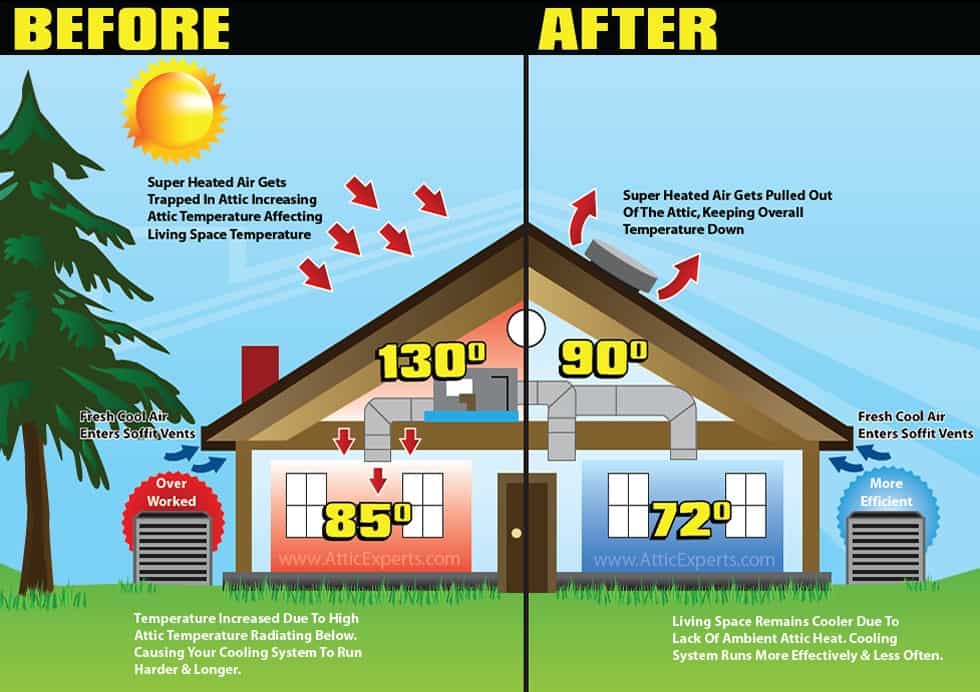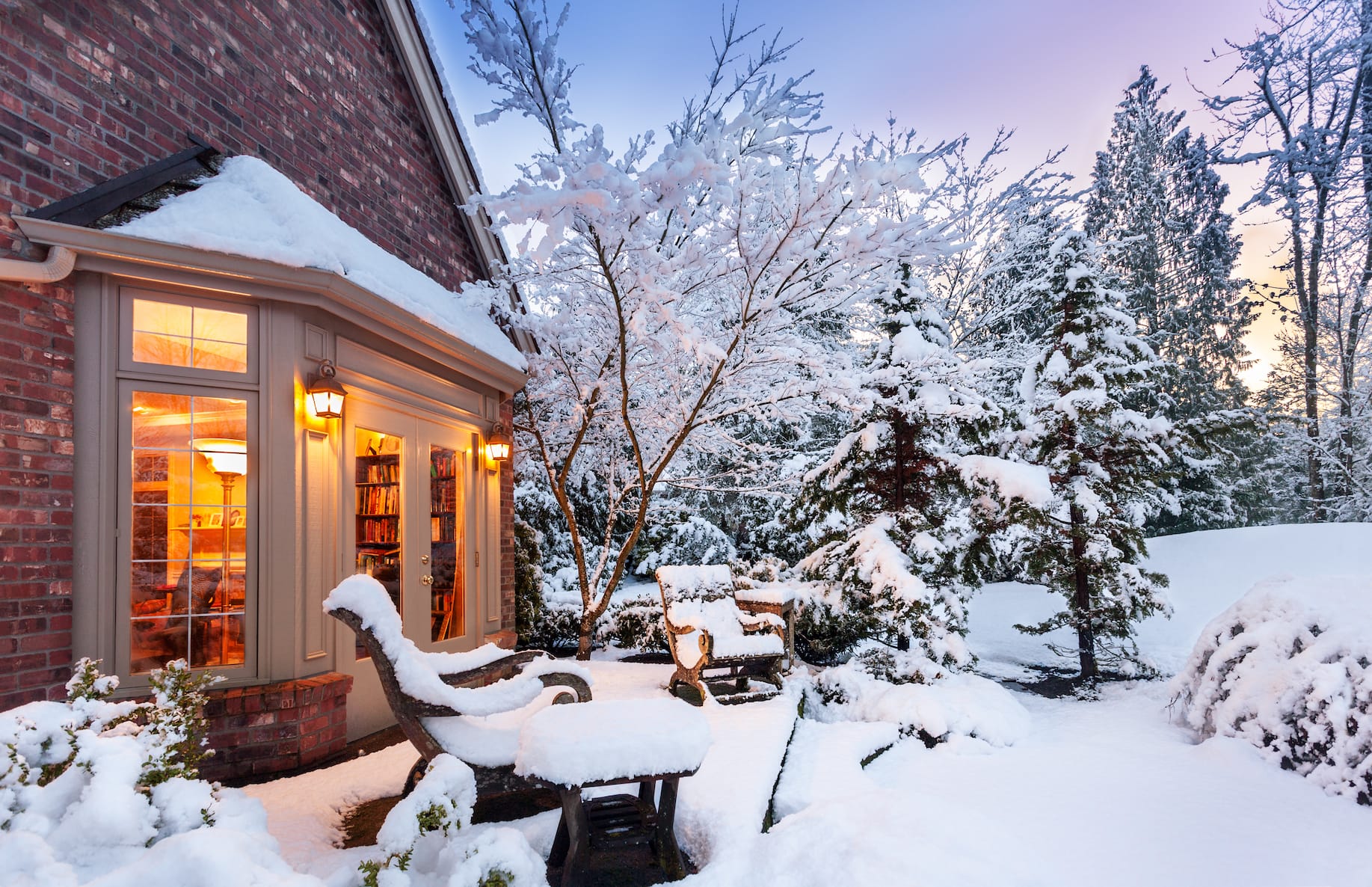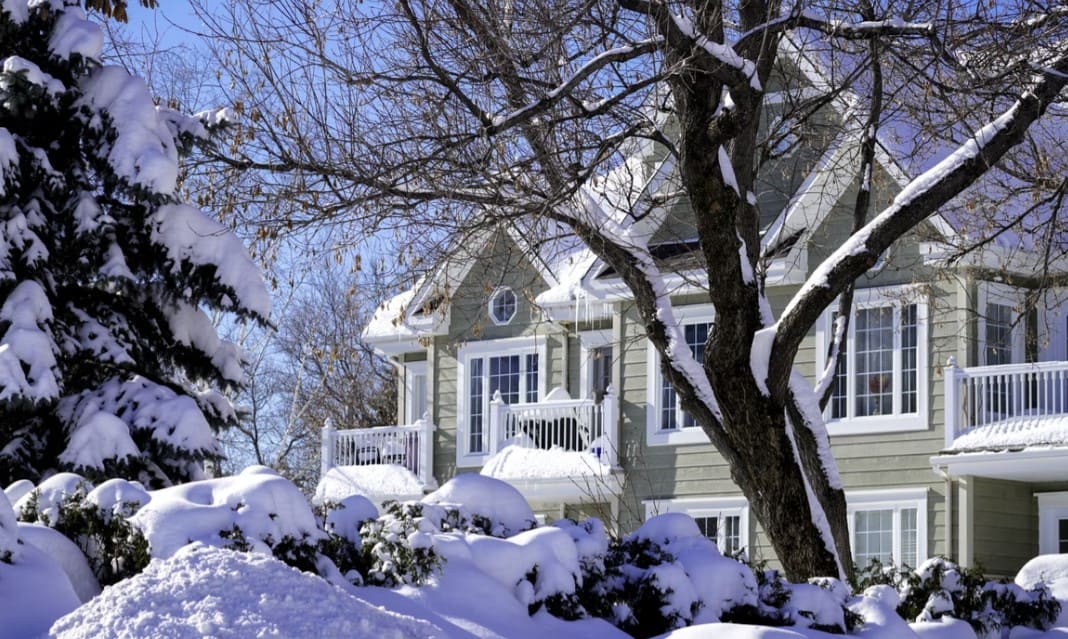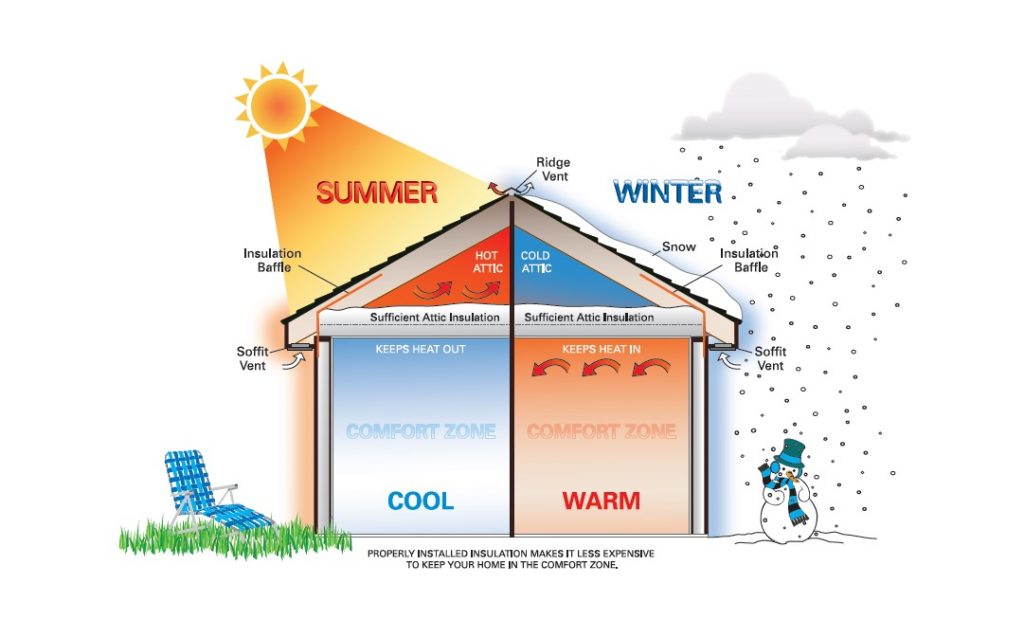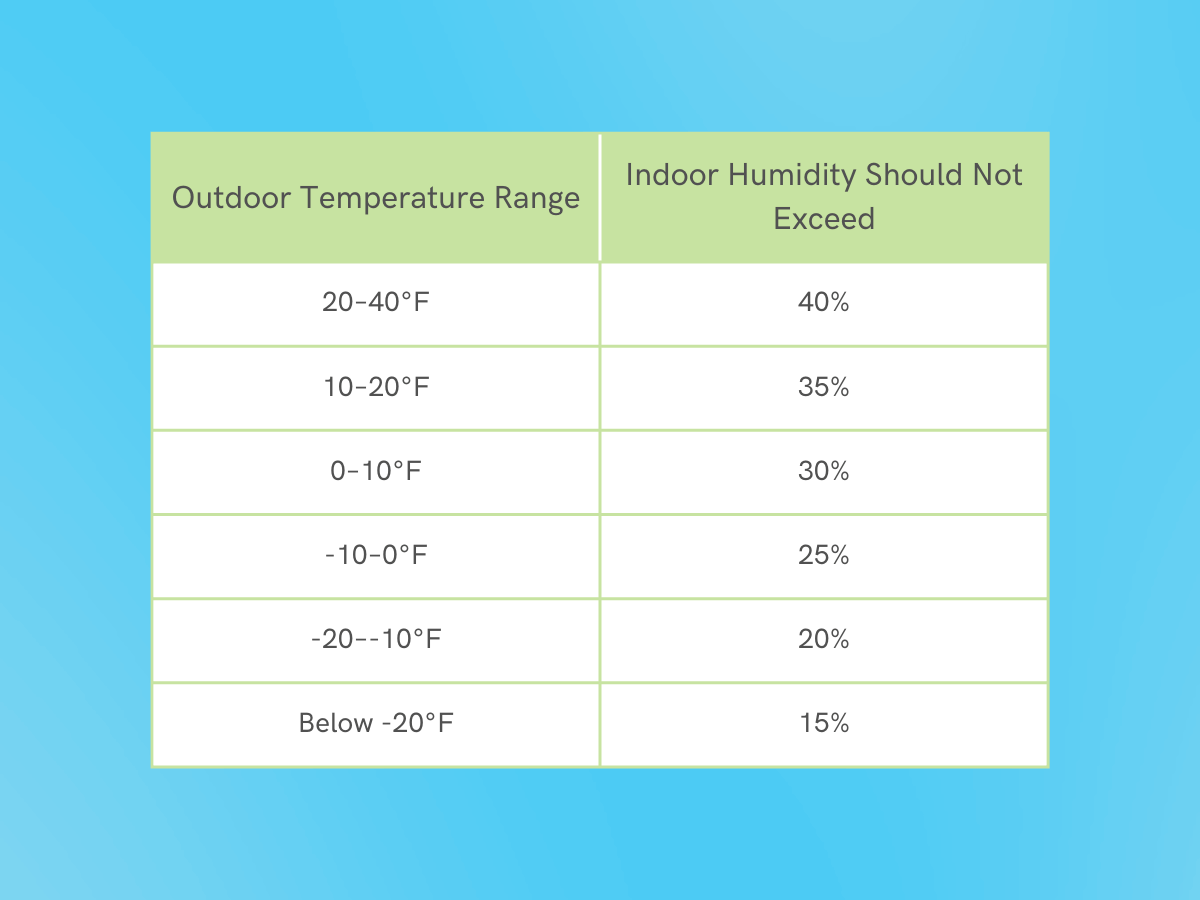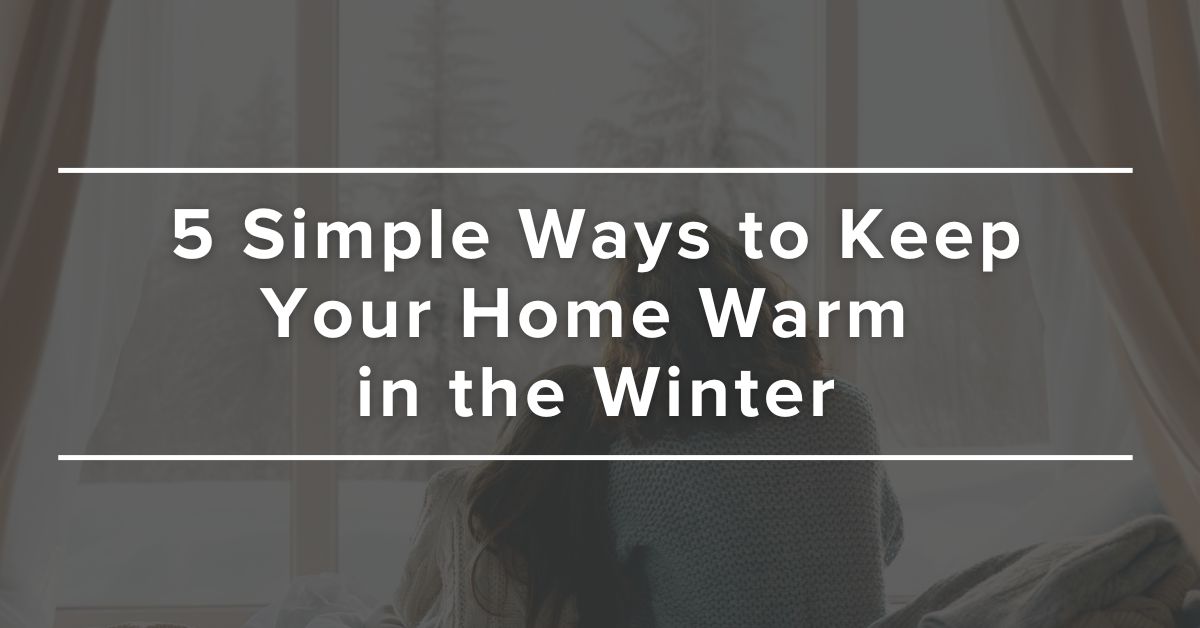What Temperature To Keep House In Winter

As the winter chill sets in, the battle against soaring energy bills begins. One of the most significant energy drains in most homes and businesses is heating. Finding the sweet spot – a comfortable temperature that minimizes energy consumption – is key to saving money without sacrificing comfort. This article explores the ideal temperature settings for your home or business during the winter months, factoring in energy efficiency, comfort, and the benefits of smart technology.
The Goldilocks Zone: Optimal Winter Temperature Settings
The Energy Star program, a joint initiative of the U.S. Environmental Protection Agency (EPA) and the U.S. Department of Energy (DOE), recommends setting your thermostat to 68 degrees Fahrenheit (20 degrees Celsius) when you’re home during the winter. This temperature provides a balance between comfort and energy savings. While it might seem a little chilly to some, layering clothing can easily compensate and significantly reduce your heating bill.
Why 68 Degrees?
Studies have consistently shown that lowering your thermostat by even a few degrees can result in substantial energy savings. For every degree you lower your thermostat for eight hours a day, you can save around 1% on your heating bill. According to the DOE, lowering your thermostat 7-10 degrees for eight hours a day can save you as much as 10% a year on your heating bill.
Lowering the Temperature When Away or Asleep
The real savings come when you adjust the temperature further when you're away from home or asleep. During these periods, the Energy Star recommendation is to lower your thermostat to 62 degrees Fahrenheit (16.7 degrees Celsius). Some homeowners find even lower temperatures acceptable, but 62 degrees represents a good balance between preventing pipes from freezing and maximizing energy savings.
Consider this: If you typically keep your home at 72 degrees Fahrenheit and lower it to 62 degrees Fahrenheit for eight hours a day, you could potentially save around 10% on your heating costs. For a home with an average annual heating bill of $1,500, that translates to $150 in savings!
The Science Behind the Savings
The principle behind temperature setback is simple: the bigger the difference between the indoor and outdoor temperatures, the faster your home loses heat. By lowering the indoor temperature, you reduce the rate of heat loss, minimizing the amount of energy your heating system needs to expend to maintain the desired temperature.
Think of your home as a leaky bucket. Maintaining a higher water level (temperature) requires constantly adding more water (energy). Lowering the water level reduces the rate at which it leaks, requiring less water to maintain the lower level.
Smart Thermostats: Automating Energy Efficiency
While manually adjusting your thermostat can save energy, it requires consistent effort. Smart thermostats automate this process, learning your schedule and adjusting the temperature accordingly. These devices offer a range of benefits, including:
- Programmable Schedules: Set different temperatures for different times of the day, ensuring optimal comfort and energy savings.
- Remote Control: Adjust the temperature from anywhere using your smartphone or tablet.
- Learning Capabilities: Some smart thermostats learn your habits over time and automatically adjust the temperature based on your preferences.
- Energy Reports: Track your energy usage and identify areas for improvement.
- Geofencing: Automatically adjust the temperature based on your location, lowering it when you leave and raising it when you're approaching home.
Brands like Nest, Ecobee, and Honeywell offer a variety of smart thermostats with advanced features. The initial investment in a smart thermostat can range from $100 to $300, but the energy savings can quickly offset the cost. Many utility companies offer rebates on smart thermostats, further reducing the upfront expense.
Smart Sensors: Taking Control Room-by-Room
Beyond smart thermostats, consider smart sensors. Many smart thermostats allow you to add individual room sensors. These are great for homes where some rooms are used far more than others. With the use of sensors, you can tell your system to only heat or cool occupied rooms.
Beyond the Thermostat: Other Energy-Saving Strategies
While optimizing your thermostat settings is crucial, it's only one piece of the puzzle. To maximize energy savings this winter, consider these additional strategies:
- Improve Insulation: Proper insulation is essential for preventing heat loss. Insulate your attic, walls, and floors to reduce the amount of energy needed to heat your home.
- Seal Air Leaks: Caulk and weatherstrip around windows and doors to seal air leaks. This simple step can significantly reduce drafts and energy waste.
- Use Programmable Radiator Valves (TRVs): For homes with radiator heating, TRVs allow you to control the temperature of individual radiators, optimizing comfort and energy efficiency.
- Maintain Your HVAC System: Schedule regular maintenance for your furnace or heat pump to ensure it's operating efficiently. Clean or replace filters regularly.
- Upgrade to Energy-Efficient Equipment: If your furnace or heat pump is old and inefficient, consider upgrading to a newer, Energy Star-certified model. New models can offer significant energy savings.
- Use Curtains and Blinds: Open curtains during the day to let in sunlight and close them at night to insulate your windows.
- Consider Zone Heating: If you only use certain areas of your home during the day, consider using space heaters to heat those areas instead of heating the entire house. But, be sure to use space heaters safely and responsibly.
HVAC Contractors: Your Partners in Energy Efficiency
HVAC contractors play a critical role in helping homeowners and businesses optimize their energy efficiency. They can provide expert advice on thermostat settings, insulation, air sealing, and equipment upgrades.
For HVAC contractors, promoting energy-efficient solutions is a win-win. It allows you to provide valuable services to your clients while also contributing to a more sustainable future. Emphasize the ROI (Return on Investment) of energy-efficient upgrades and educate your clients about available rebates and incentives.
Quote from a leading HVAC Professional: "We see clients save up to 30% on their annual heating bills by combining smart thermostat technology with proper insulation and air sealing. It's about creating a holistic approach to energy efficiency." - John Smith, owner of Smith Heating & Cooling
Rebates and Incentives
Many utility companies and government agencies offer rebates and incentives for energy-efficient upgrades. These rebates can significantly reduce the cost of smart thermostats, insulation, and new HVAC equipment. Check with your local utility company and the Energy Star website to learn about available programs.
For example, the federal tax credit for energy efficiency, as part of the Inflation Reduction Act, offers tax credits for qualified energy efficiency improvements, including heat pumps and insulation.
Addressing Common Concerns
Some homeowners worry that lowering the thermostat too much will cause their pipes to freeze. While this is a valid concern, it's easily addressed by ensuring your thermostat doesn't drop below 60 degrees Fahrenheit (15.5 degrees Celsius). Also, make sure pipes are properly insulated in vulnerable areas.
Others worry about the impact on their pets. Most pets can tolerate lower temperatures than humans. Provide your pets with warm bedding and ensure they have access to food and water. Consult with your veterinarian if you have any concerns about your pet's ability to tolerate lower temperatures.
Conclusion: A Smart Approach to Winter Heating
Finding the right temperature for your home or business during the winter is a balancing act between comfort and energy savings. By following the recommendations outlined in this article, leveraging smart thermostat technology, and implementing other energy-saving strategies, you can significantly reduce your heating bill without sacrificing comfort. Remember to consult with an HVAC professional to assess your specific needs and identify the best solutions for your home or business. Embrace a smart approach to winter heating and enjoy a warmer home and a lighter wallet.
"Energy efficiency is not just about saving money; it's about creating a more sustainable future for all." - US Department of Energy

